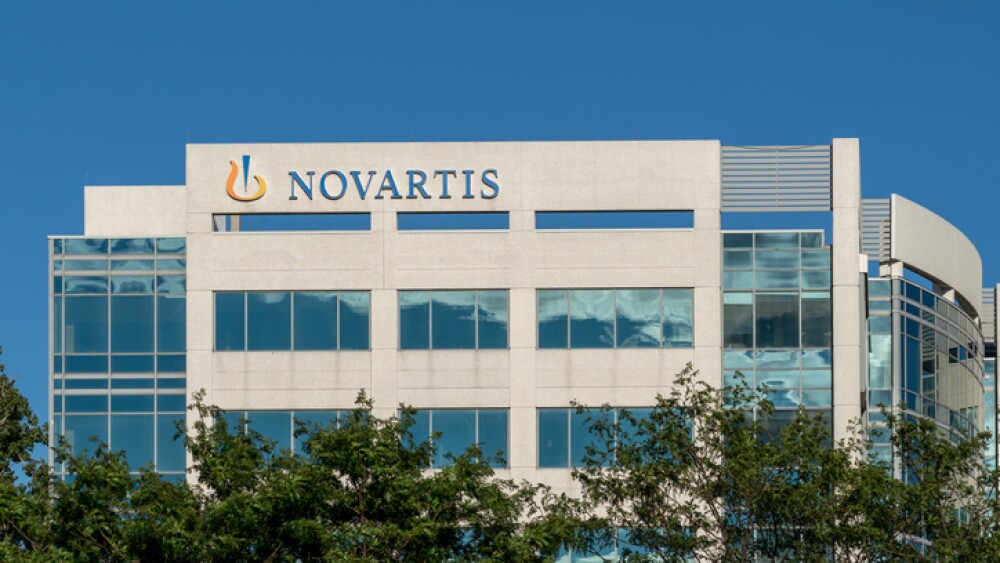Analysts were effusive about Merus’ new HNSCC data, writing that petosemtamab could “become the standard of care” in the first-line setting for this indication.
Merus’ investigational bispecific antibody petosemtamab, when combined with Merck’s mega-blockbuster Keytruda, led to a nearly 80% overall survival rate when used as a frontline treatment option for certain patients with head and neck cancer, according to a Phase II readout posted Thursday.
Writing to investors early on Friday, analysts at William Blair said Merus’ latest data drop continues to “support the best-in-disease profile of petosemtamab” ahead of Phase III data expected next year. “With the company’s potential blockbuster market opportunity in HNSCC [head and neck squamous cell carcinoma], we continue to see significant upside to potential share prices.”
Leerink Partners was similarly optimistic about petosemtamab, saying in a note late Thursday that these mid-stage data highlight the potential of petosemtamab and Keytruda to “become the standard of care across the full spectrum of HPV+ and HPV-negative 1L [first-line] HNSCC.” In particular, the Leerink analysts pointed to petosemtamab’s overall survival (OS) benefit, which they called “landmark” and “unprecedented in frontline HNSCC.”
Thursday’s data come from 43 patients who received at least one dose of the petosemtamab-based regimen and had undergone at least one post-baseline tumor assessment. In these patients, Merus recorded a confirmed overall response rate of 63%, including six patients who showed complete responses and 21 who achieved partial responses.
At 12 months, OS hit 79%, and median OS at the time of the readout had not yet been reached. Median progression-free survival was 9 months. “This impressive landmark OS provides confidence that the regimen will beat on survival versus [Keytruda] monotherapy,” according to the Leerink analysts, who wrote that landmark OS for Keytruda alone in this indication is “50-59%.”
Merus is scheduled to present these findings on June 2 at the upcoming 2025 annual meeting of the American Society for Clinical Oncology, taking place in Chicago and online.
Petosemtamab is a humanized bispecific antibody that binds to both EGFR and LGR5, boosting the immune system’s anti-cancer activity. Merus is running two Phase III trials for petosemtamab, testing it in various lines of treatment for recurrent or metastatic HNSCC. “We are looking forward to potentially sharing top line interim readout of one or both of our phase 3 trials in 2026,” CEO Bill Lundberg said in Thursday’s announcement.
But BMO Capital Markets set a higher goal forpetosemtamab’s regulatory prospects. In a Thursday evening note, analysts wrote that Merus’ latest readout could open a “path for potential accelerated approval in the near term.”






